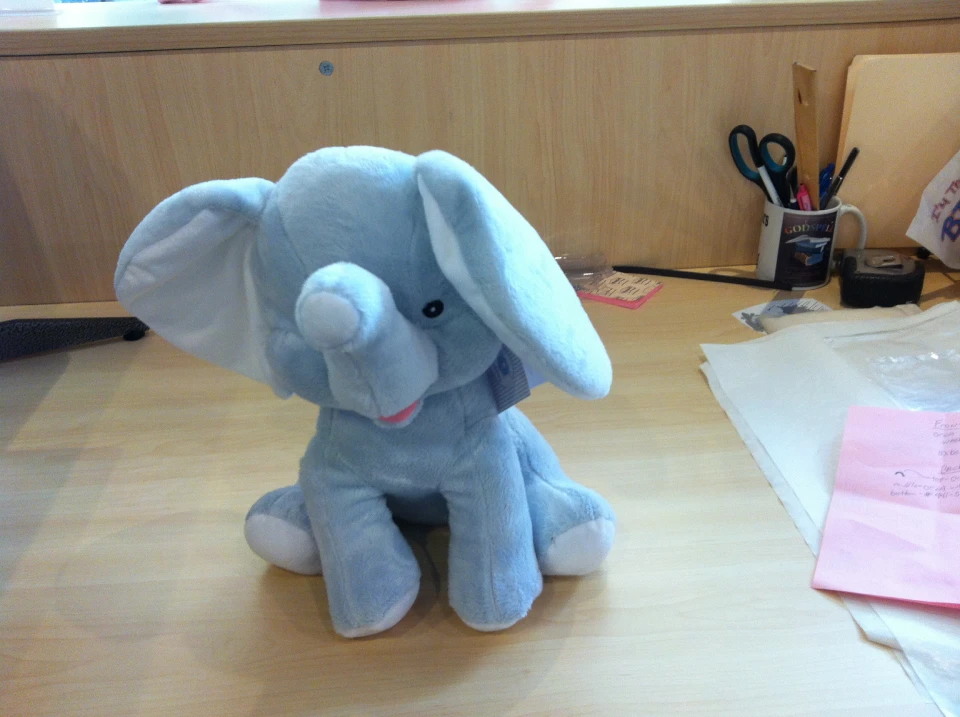The Art of Customized Embroidery: Unlocking the Tricks to Creating Special and Remarkable Layouts
The keys to producing personalized embroidery designs that mesmerize the eye and leave a long lasting impression lie in a fragile equilibrium of method, creativity, and focus to information. As we delve right into the world of custom needlework, we uncover the nuanced interaction between string choice, sew complexity, and layout customization that elevates a simple garment to a work of art.
Selecting the Right Embroidery Threads
When picking needlework threads, what essential aspects should you take into consideration to ensure the most effective outcomes for your personalized designs? The choice of embroidery thread is vital in determining the final outcome of your embroidered style. Among the main factors to consider is the product of the string. Various products such as cotton, polyester, rayon, and silk offer varying degrees of shine, resilience, and structure. It is important to pick a string product that matches the material you are stitching on and straightens with the wanted appearance of the style.
Moreover, the weight or density of the thread plays a significant role in the appearance of the needlework. Thicker strings can add dimension and texture to your design, while finer strings are excellent for detailed information and little text. In addition, taking into consideration the shade fastness and washability of the thread is important to guarantee that your custom layouts preserve their quality and vibrancy over time. By meticulously reviewing these aspects and choosing top quality strings that satisfy your particular demands, you can improve the aesthetic charm and long life of your stitched creations.
Exploring Various Stitch Techniques
To dig into the realm of 'Discovering Different Stitch Strategies', one need to grasp the ins and outs and subtleties that each stitching approach brings to the art of embroidery. Various stitch techniques not only include visual rate of interest yet additionally contribute to the general appearance and dimension of the style. One preferred stitch technique is the satin stitch, which includes very closely stuffed parallel stitches to create a smooth and shiny surface area, perfect for filling in shapes and developing bold outlines.
On the various other hand, the backstitch is a flexible strategy typically made use of for describing and adding great information. It entails sewing in reverse to create a solid line of embroidery. Additionally, the French knot stitch adds a tactile aspect to styles, best for developing distinctive accents like blossom facilities or attractive touches.
Discovering different stitch techniques allows embroiderers browse around this web-site to play with light, shadow, and deepness within their layouts, elevating the aesthetic allure and imaginative top quality of their needlework tasks. By understanding numerous sewing techniques, one can unlock unlimited possibilities for producing distinct and memorable customized embroidery items.
Incorporating Personalized Layout Components
Having checked out the complexities of various stitch methods such as the satin stitch, backstitch, and French knot, the focus currently shifts in the direction of integrating personalized layout aspects in custom needlework projects. Individualized design components play a vital role in making needlework projects absolutely special and memorable.
An additional way to include customized design aspects is by including signs or concepts that hold special significance to the recipient or reflect their rate of interests and individuality. Incorporating a preferred blossom, animal, or hobby-related sign can make the embroidery design a lot more purposeful and personalized. Furthermore, picking handmade suits shades that resonate with the recipient or line up with the designated motif can further enhance the personalization of the needlework task.
Mastering the Art of Color Coordination

One key element of shade coordination is comprehending shade concept. This consists of recognizing how various shades interact with each other, the feelings they share, and how they can be integrated to develop aesthetically appealing styles. By using shade concept concepts, embroiderers can produce unified color palettes that boost the total appearance of the style.
Furthermore, paying focus to comparison is important in shade coordination. Utilizing contrasting colors can assist specific components of the layout pop, boost legibility, and produce an aesthetically vibrant needlework item. By understanding the art of shade control, embroiderers can boost their designs and create memorable pieces that resonate with clients and viewers alike.
Enhancing Texture With Advanced Embroidery Stitches
Bullion knots, on the various other hand, can be utilized to create twisted, ropelike components that include an extravagant feel to the embroidery. Trying out with these innovative embroidery stitches allows you to press the limits of conventional embroidery and develop genuinely distinct and aesthetically attractive textures in your layouts.
Final Thought
Finally, the art of personalized needlework involves a mix of choosing the appropriate strings, exploring numerous stitch methods, including tailored style elements, grasping color control, and improving appearance with sophisticated stitches. By recognizing and carrying out these essential components, embroiderers can create one-of-a-kind and unforgettable layouts that showcase their creative thinking and skill. Needlework fanatics can unlock the keys to creating lovely and bespoke items that stand out and leave an enduring impact.